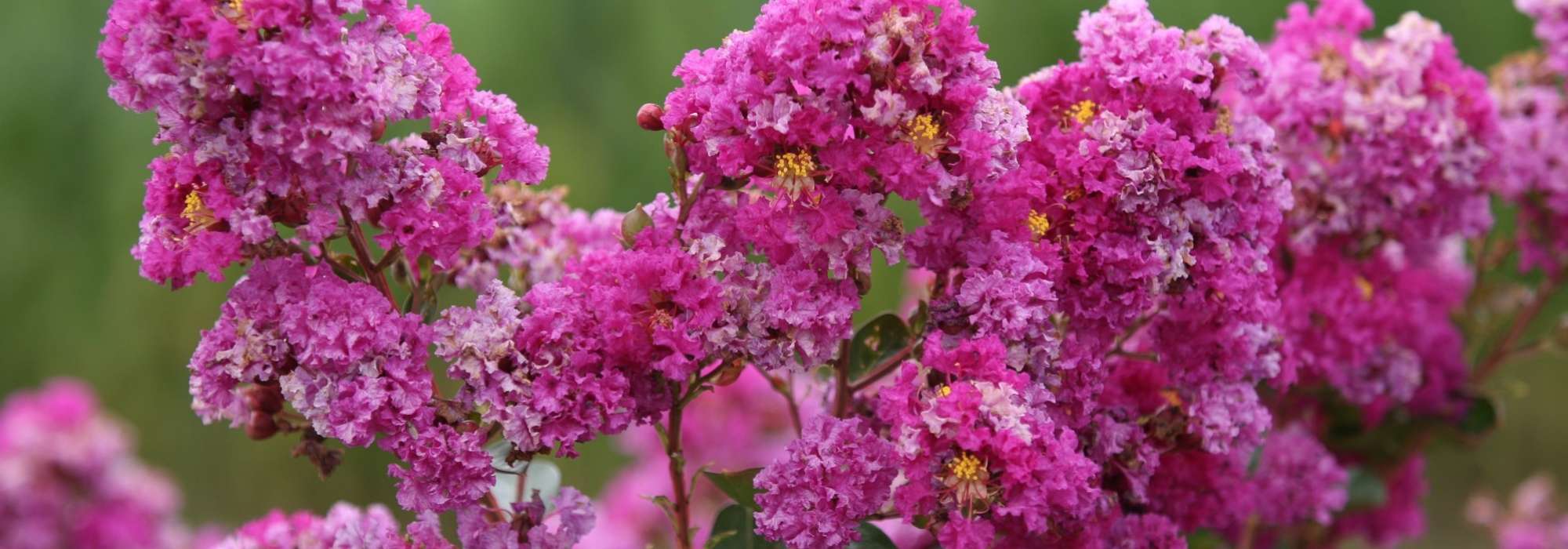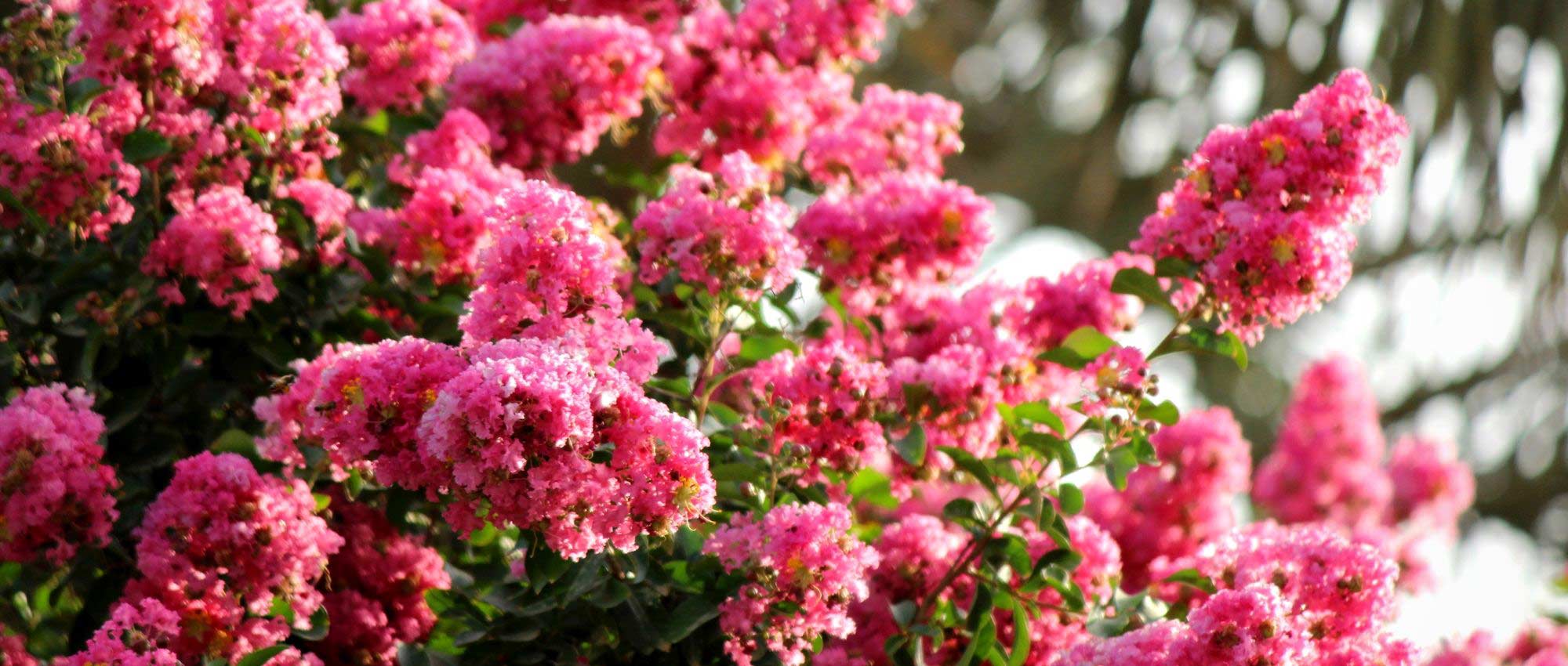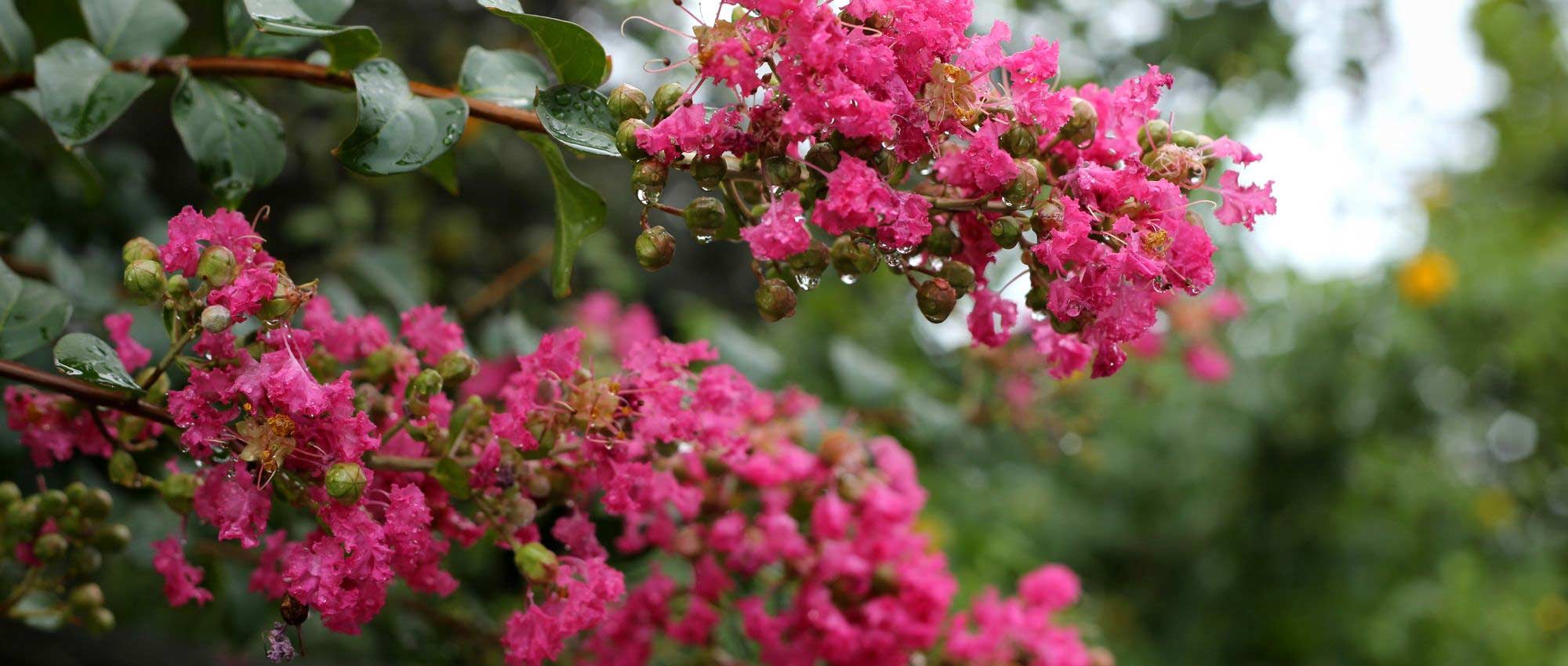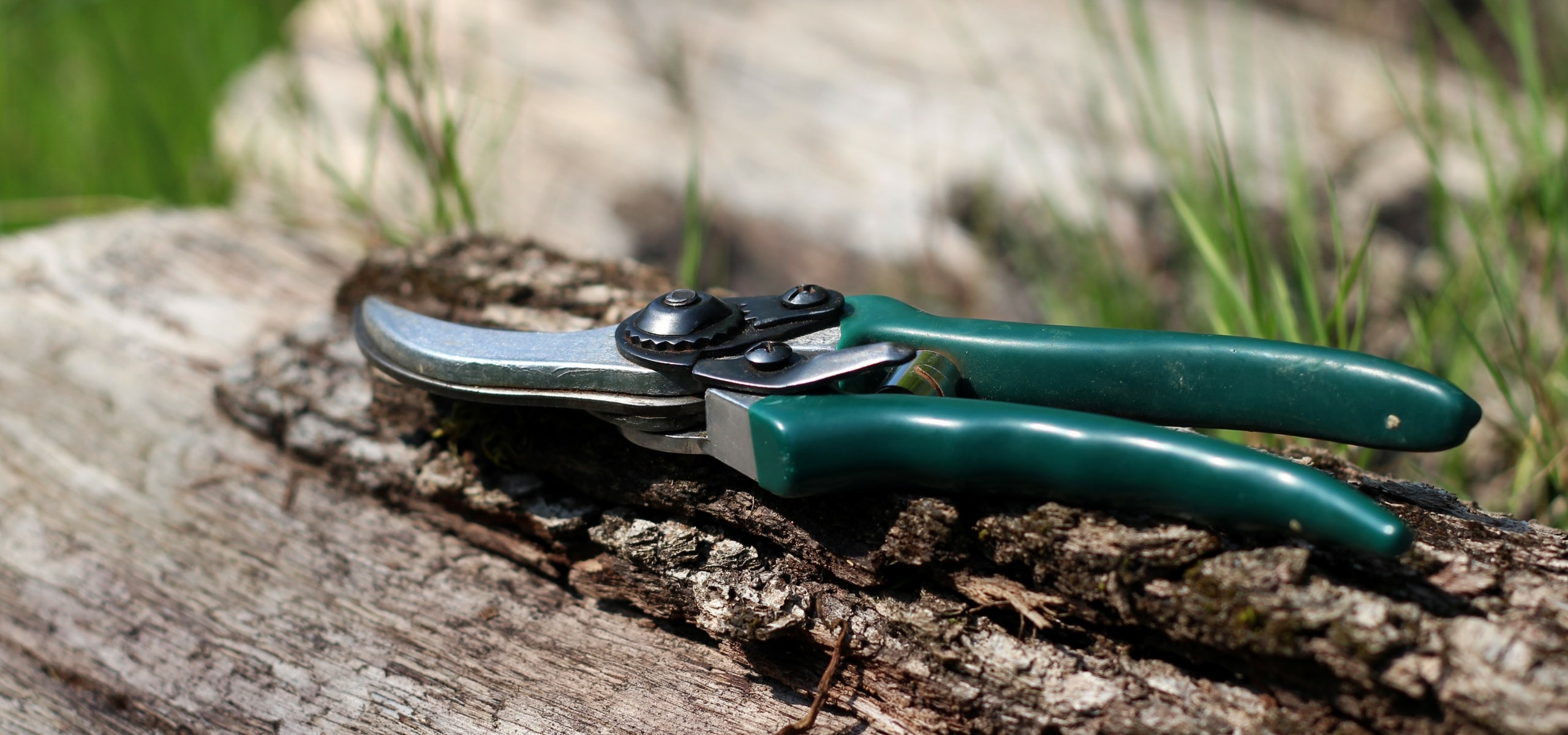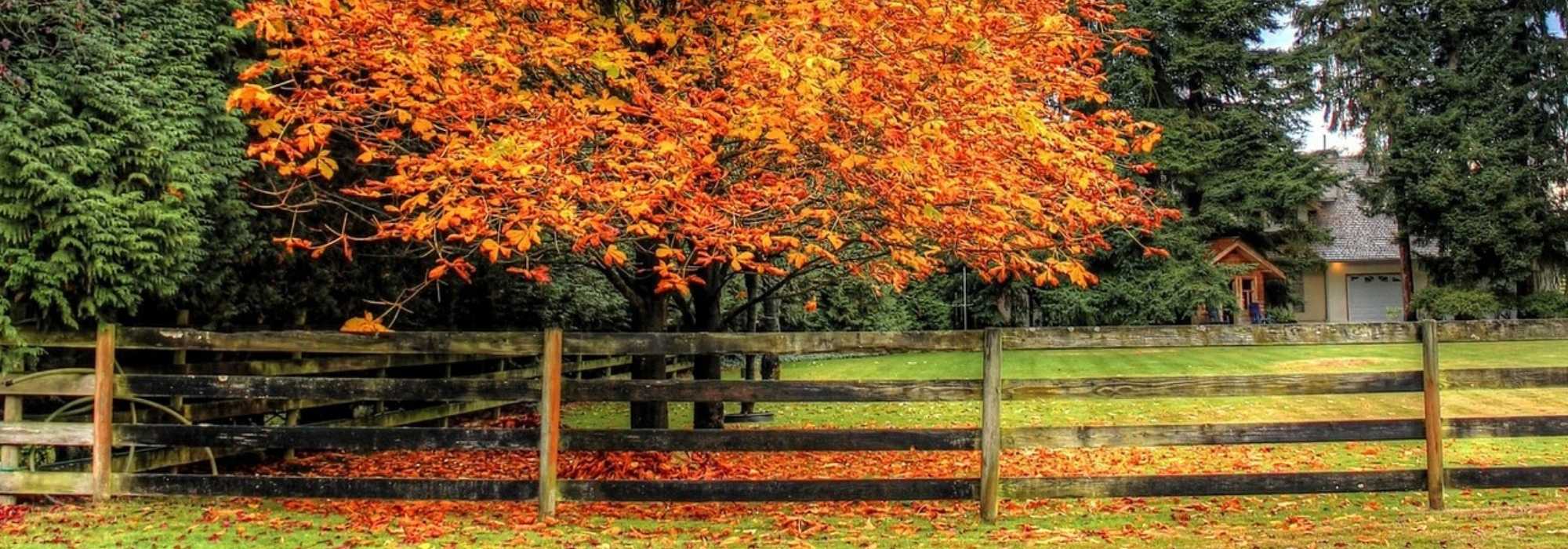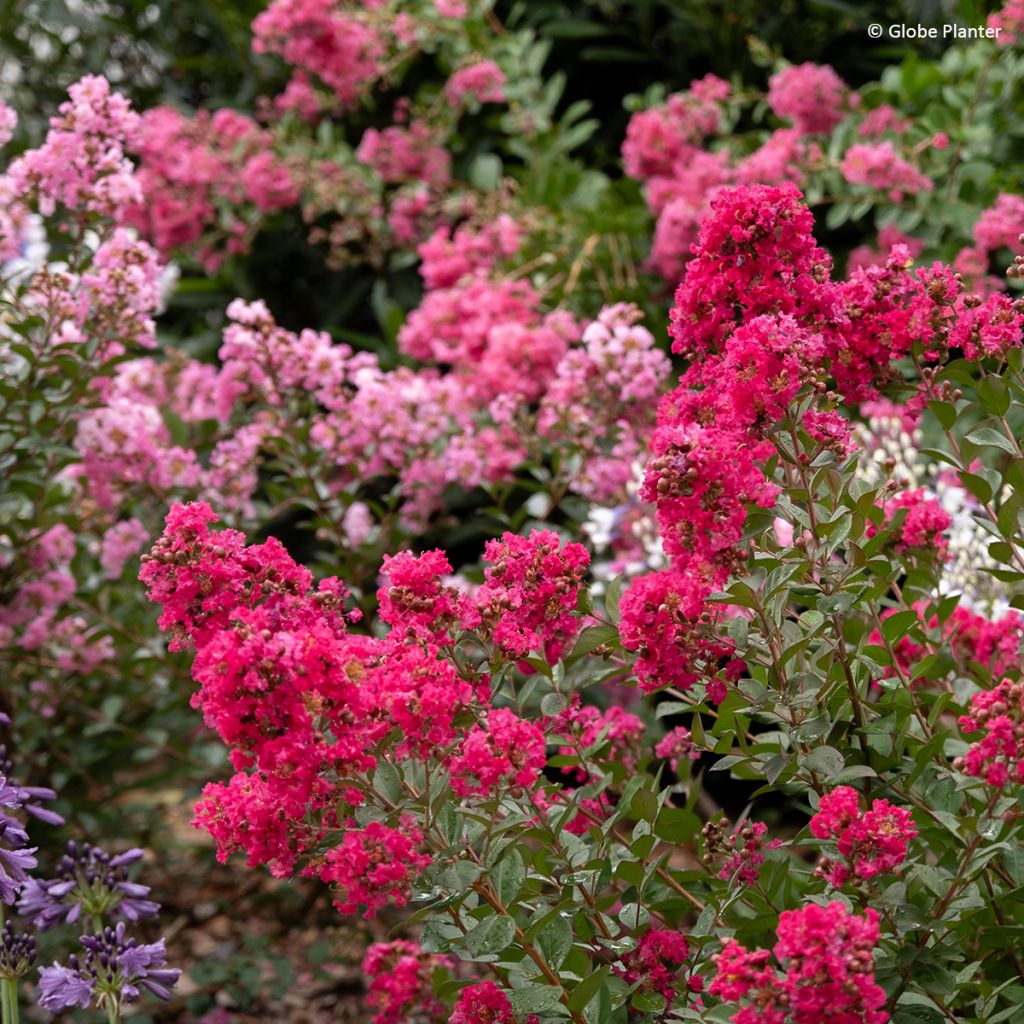

Lagerstroemia indica Gourmet Red Red Wine - Crape myrtle
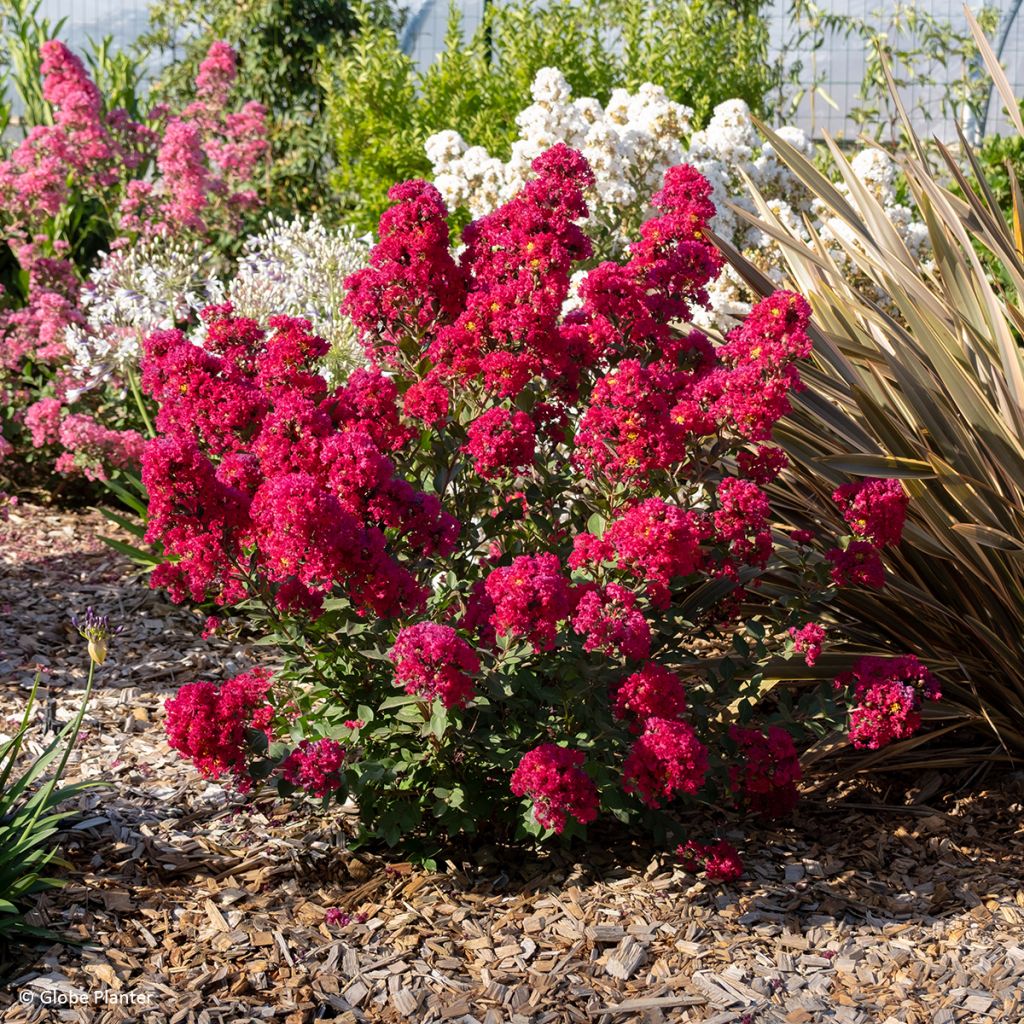

Lagerstroemia indica Gourmet Red Red Wine - Crape myrtle
Lagerstroemia indica Gourmet Red Red Wine - Crape myrtle
Lagerstroemia indica 'Lagvar' Gourmet® Red red Wine
Crape Myrtle, Crepe Myrtle
Special offer!
Receive a €20 voucher for any order over €90 (excluding delivery costs, credit notes, and plastic-free options)!
1- Add your favorite plants to your cart.
2- Once you have reached €90, confirm your order (you can even choose the delivery date!).
3- As soon as your order is shipped, you will receive an email containing your voucher code, valid for 3 months (90 days).
Your voucher is unique and can only be used once, for any order with a minimum value of €20, excluding delivery costs.
Can be combined with other current offers, non-divisible and non-refundable.
Home or relay delivery (depending on size and destination)
Schedule delivery date,
and select date in basket
This plant carries a 24 months recovery warranty
More information
We guarantee the quality of our plants for a full growing cycle, and will replace at our expense any plant that fails to recover under normal climatic and planting conditions.
Does this plant fit my garden?
Set up your Plantfit profile →
Description
Lagerstroemia indica 'Lagvar' Gourmet Red Red Wine is a variety of Crape Myrtle which is particularly attractive not only for the colour of its young foliage, but also and especially for its very long flowering period. This quite vigorous Lagerstroemia forms a dense bush, with very decorative, reddish spring shoots. The foliage then gradually turns to dark green, forming a beautiful setting for the flowering, which often begins as early as June. Clusters of crimson red flowers bloom until early autumn, eye-catching in the garden. A superb sun-loving bush that can withstand temperatures down to -15°C at peak.
Lagerstroemia, commonly called Crape Myrtle or Summer Lilac, belongs to the botanical Lythraceae family, which includes familiar representatives such as Pomegranate (Punica granatum) or in colder areas, Purple Loosestrife, with its rather spectacular long spikes. The Lagerstroemia genus comprises between thirty and forty different species, including both trees and bushes, with deciduous or evergreen foliage, mostly native to temperate and subtropical regions of Asia and Australia. The most commonly cultivated species in our latitudes is Lagerstroemia indica, which, despite its species name suggesting an Indian origin, actually comes from China and Japan. It grows naturally as a bush or small tree that can reach 6 to 8 metres in height. This deciduous plant is characterised by compound foliage of small ovate leaves, which take on warm autumn hues ranging from golden yellow to flaming red, before falling with the first cold weather. It is relatively hardy, withstanding temperatures down to -15°C to -20°C, however, its abundant and prolonged flowering only fully thrives in climates with long, hot, and sunny summers. This is precisely why it is so appreciated in southern regions, where it stands out as one of the star bushes of summer. For several decades, this bush has been the subject of intensive horticultural selection work, aiming to develop ever more decorative varieties. These cultivars are distinguished not only by the richness of their flowering (both in terms of colour and duration), but also by the hue of their foliage or their habit. Among these attractive novelties is 'Gourmet Red Red Wine', a fairly vigorous variety, reaching 2.50 m in height with a spread of 1.50 to 1.80 m. It is therefore a Lagerstroemia for open ground rather than for container cultivation, while there are Crape Myrtles for pots with much more suitable dimensions. This one forms dense and tight vegetation, which, from spring until flowering, displays a fine reddish colour. This intense hue then evolves into a classic dark green, which perfectly highlights the summer inflorescences. These often appear earlier than in other varieties, as early as June, in the form of clusters of crinkled flowers, reminiscent of the texture of crepe paper, hence its English nickname of Crape Myrtle. The intense crimson red flowers renew themselves until September, or even October depending on weather conditions. They are so abundant that they almost completely hide the foliage, offering a magnificent spectacle. In autumn, when the deciduous foliage falls, it reveals ornamental bark on mature specimens, which exfoliates in plates, revealing shades of beige, grey, or pinkish brown, thus extending the ornamental interest of the bush even in winter.
Crape Myrtle 'Gourmet Red Red Wine' establishes itself as one of the star plants of summer, with its unrestrained flowering, capable of rivalling even Hydrangeas. Lagerstroemia can be showcased as a standalone feature, due to its stately appearance and almost permanent appeal, but it can also play a key role in a shrub border with flowering spread over time. For a harmonious and evolving composition, you could for example pair it with plants like Chimonanthus praecox, an underappreciated plant despite its small but abundant, extremely fragrant yellow flowering that blooms in mid-winter. For spring, a beautiful Juneberry in the background will structure your border while brightening it with a cloud of small white flowers, which will evolve in autumn into decorative and edible fruits, while the foliage blazes with warm colours. Much more compact, Flowering Currants (Ribes) can dress the front of your scene, followed later in the season by Deutzias with their romantic flowers at the end of spring.
Lagerstroemia indica Gourmet Red Red Wine - Crape myrtle in pictures
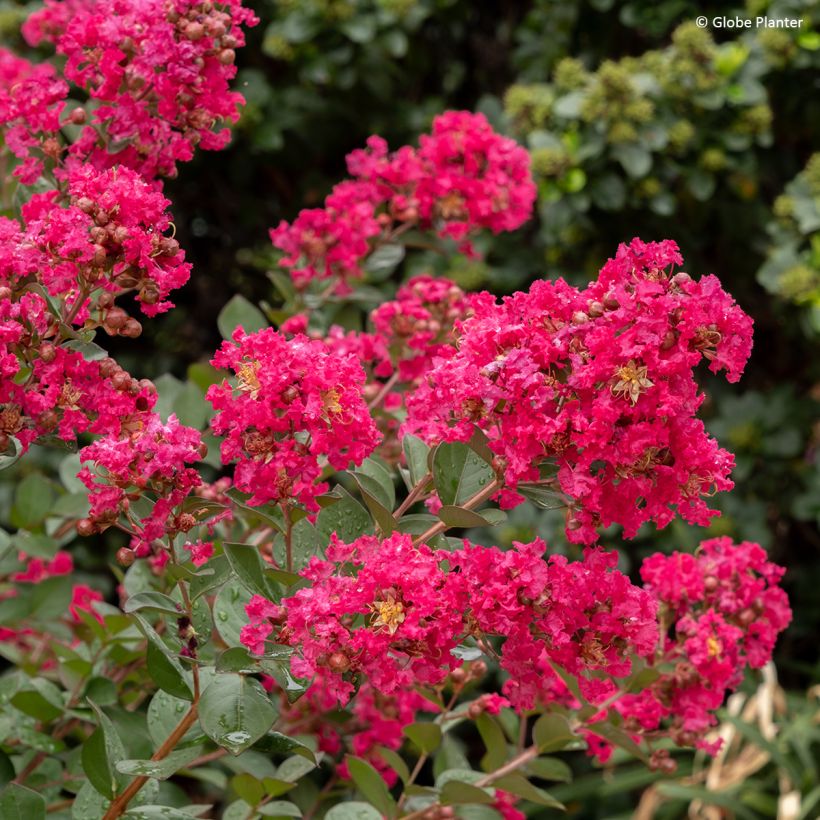

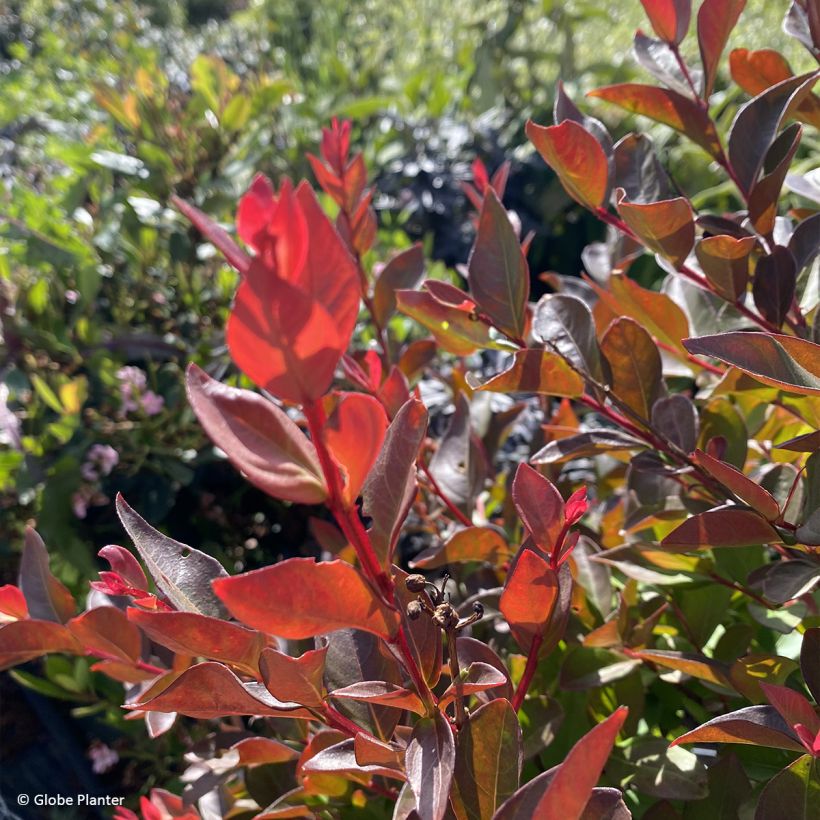



Plant habit
Flowering
Foliage
Botanical data
Lagerstroemia
indica
'Lagvar' Gourmet® Red red Wine
Lythraceae
Crape Myrtle, Crepe Myrtle
Lagerstroemia indica 'Lagvar'
Cultivar or hybrid
Planting and care
Plant Lagerstroemia indica 'Gourmet Red Red Wine' in spring, when frosts are no longer a concern, in a very sunny and sheltered position, in rich, rather moist, well-drained and if possible slightly acidic, neutral or low-lime soil. In southern regions, however, it is better to plant it in autumn so it can benefit from seasonal rains to establish its roots. It will appreciate a compost addition and a thick layer of dead leaves, especially during the first two winters in slightly colder regions. Prune the floriferous shoots very short in February-March, leaving only 3 to 5 buds to balance its branches and stimulate the growth of future flower-bearing branches. Also, remove the weak twigs that will not produce any flowers and the poorly positioned shoots. This bush can withstand temperatures down to approximately -15°C at peak, or even lower, once it is sufficiently mature and well-established.
Planting period
Intended location
Care
Planting & care advice
This item has not been reviewed yet - be the first to leave a review about it.
Haven't found what you were looking for?
Hardiness is the lowest winter temperature a plant can endure without suffering serious damage or even dying. However, hardiness is affected by location (a sheltered area, such as a patio), protection (winter cover) and soil type (hardiness is improved by well-drained soil).

Photo Sharing Terms & Conditions
In order to encourage gardeners to interact and share their experiences, Promesse de fleurs offers various media enabling content to be uploaded onto its Site - in particular via the ‘Photo sharing’ module.
The User agrees to refrain from:
- Posting any content that is illegal, prejudicial, insulting, racist, inciteful to hatred, revisionist, contrary to public decency, that infringes on privacy or on the privacy rights of third parties, in particular the publicity rights of persons and goods, intellectual property rights, or the right to privacy.
- Submitting content on behalf of a third party;
- Impersonate the identity of a third party and/or publish any personal information about a third party;
In general, the User undertakes to refrain from any unethical behaviour.
All Content (in particular text, comments, files, images, photos, videos, creative works, etc.), which may be subject to property or intellectual property rights, image or other private rights, shall remain the property of the User, subject to the limited rights granted by the terms of the licence granted by Promesse de fleurs as stated below. Users are at liberty to publish or not to publish such Content on the Site, notably via the ‘Photo Sharing’ facility, and accept that this Content shall be made public and freely accessible, notably on the Internet.
Users further acknowledge, undertake to have ,and guarantee that they hold all necessary rights and permissions to publish such material on the Site, in particular with regard to the legislation in force pertaining to any privacy, property, intellectual property, image, or contractual rights, or rights of any other nature. By publishing such Content on the Site, Users acknowledge accepting full liability as publishers of the Content within the meaning of the law, and grant Promesse de fleurs, free of charge, an inclusive, worldwide licence for the said Content for the entire duration of its publication, including all reproduction, representation, up/downloading, displaying, performing, transmission, and storage rights.
Users also grant permission for their name to be linked to the Content and accept that this link may not always be made available.
By engaging in posting material, Users consent to their Content becoming automatically accessible on the Internet, in particular on other sites and/or blogs and/or web pages of the Promesse de fleurs site, including in particular social pages and the Promesse de fleurs catalogue.
Users may secure the removal of entrusted content free of charge by issuing a simple request via our contact form.
The flowering period indicated on our website applies to countries and regions located in USDA zone 8 (France, the United Kingdom, Ireland, the Netherlands, etc.)
It will vary according to where you live:
- In zones 9 to 10 (Italy, Spain, Greece, etc.), flowering will occur about 2 to 4 weeks earlier.
- In zones 6 to 7 (Germany, Poland, Slovenia, and lower mountainous regions), flowering will be delayed by 2 to 3 weeks.
- In zone 5 (Central Europe, Scandinavia), blooming will be delayed by 3 to 5 weeks.
In temperate climates, pruning of spring-flowering shrubs (forsythia, spireas, etc.) should be done just after flowering.
Pruning of summer-flowering shrubs (Indian Lilac, Perovskia, etc.) can be done in winter or spring.
In cold regions as well as with frost-sensitive plants, avoid pruning too early when severe frosts may still occur.
The planting period indicated on our website applies to countries and regions located in USDA zone 8 (France, United Kingdom, Ireland, Netherlands).
It will vary according to where you live:
- In Mediterranean zones (Marseille, Madrid, Milan, etc.), autumn and winter are the best planting periods.
- In continental zones (Strasbourg, Munich, Vienna, etc.), delay planting by 2 to 3 weeks in spring and bring it forward by 2 to 4 weeks in autumn.
- In mountainous regions (the Alps, Pyrenees, Carpathians, etc.), it is best to plant in late spring (May-June) or late summer (August-September).
The harvesting period indicated on our website applies to countries and regions in USDA zone 8 (France, England, Ireland, the Netherlands).
In colder areas (Scandinavia, Poland, Austria...) fruit and vegetable harvests are likely to be delayed by 3-4 weeks.
In warmer areas (Italy, Spain, Greece, etc.), harvesting will probably take place earlier, depending on weather conditions.
The sowing periods indicated on our website apply to countries and regions within USDA Zone 8 (France, UK, Ireland, Netherlands).
In colder areas (Scandinavia, Poland, Austria...), delay any outdoor sowing by 3-4 weeks, or sow under glass.
In warmer climes (Italy, Spain, Greece, etc.), bring outdoor sowing forward by a few weeks.






























